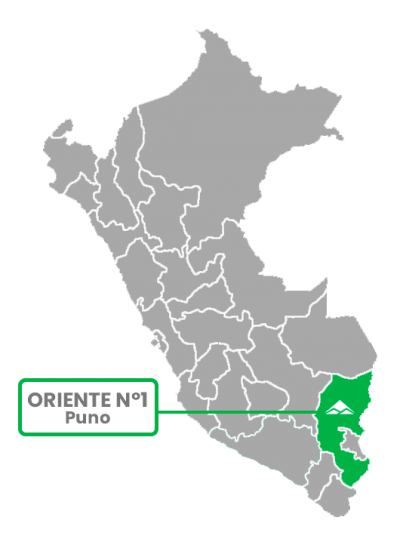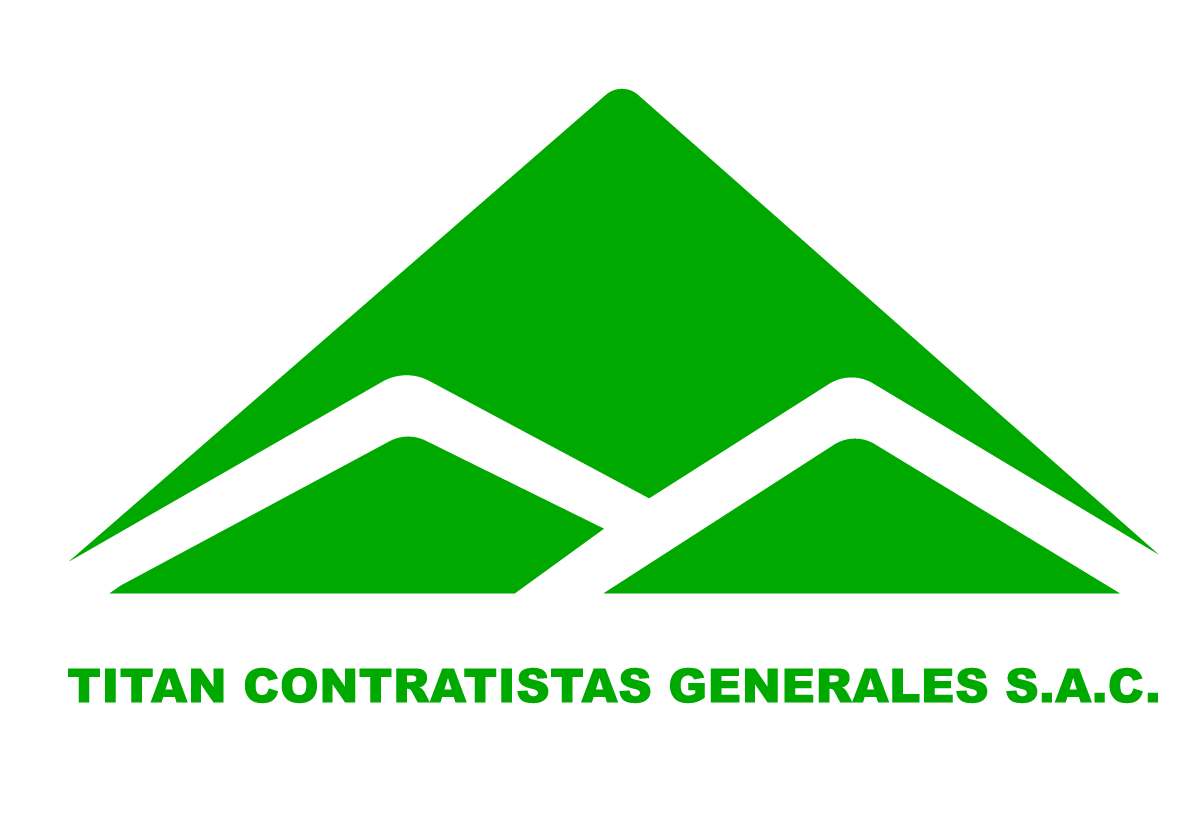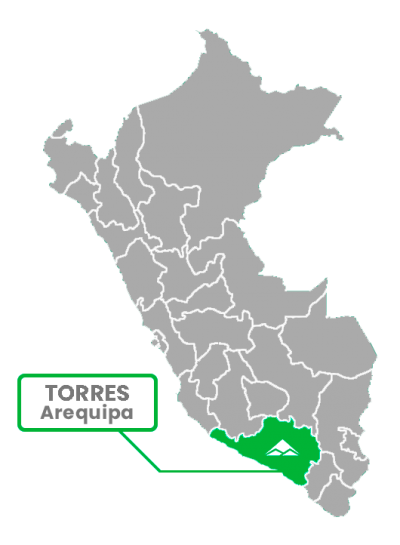UEA Oriente N° 1 Mining Unit
The UEA Oriente N° 1 Mining Unit is an underground operation that exploits gold minerals and is located in the area called Comuni, Ananea district, San Antonio de Putina province, region of Puno.
To access our mining unit, you have to go from the city of Juliaca that about 3 hours and 45 minutes, via a paved road that reaches San Antonio de Putina district and Sandia diversion, and then via a dirt road that reaches Ananea district and finally La Rinconada population center.


